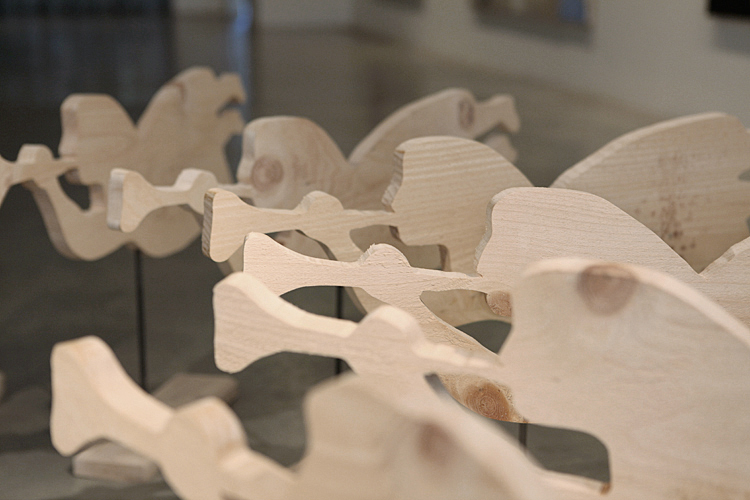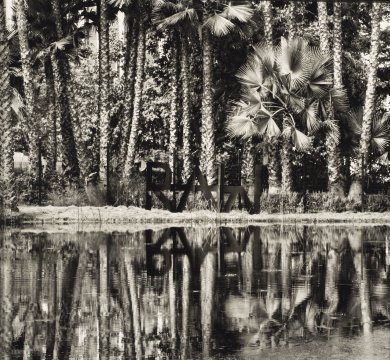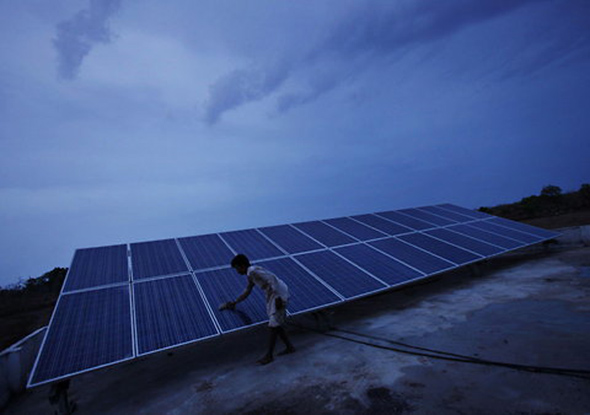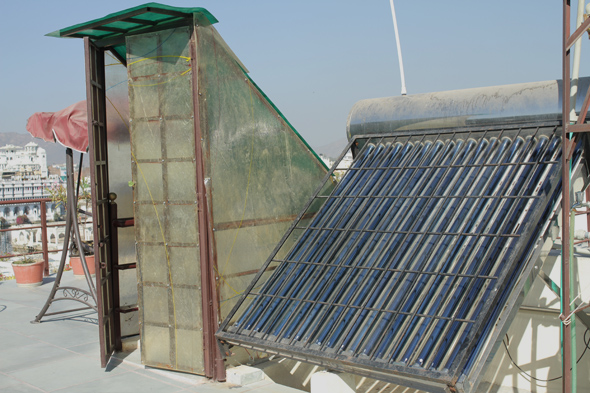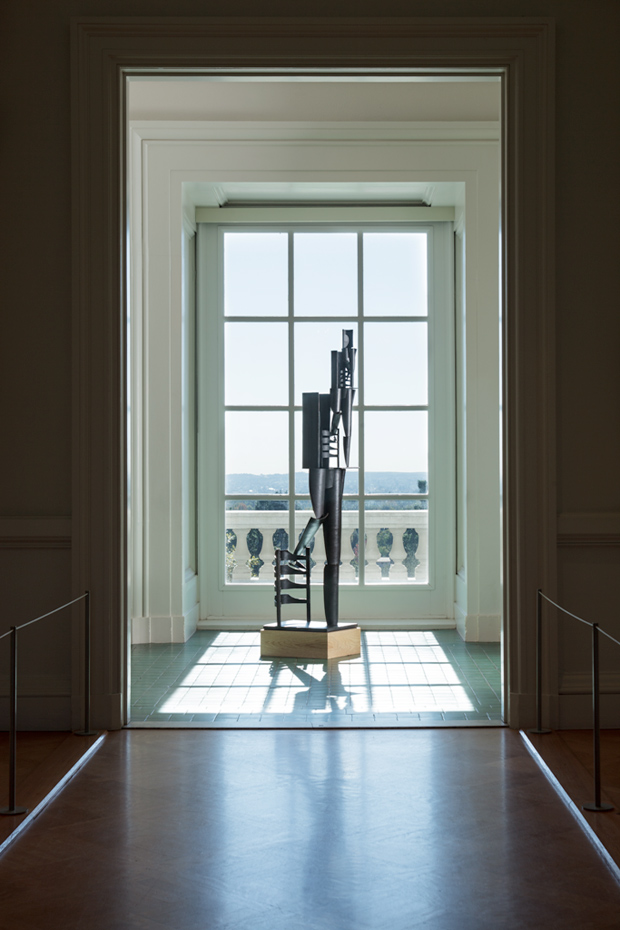The Harmony Hotel’s first Artist in Residence talks with the Harmony Blog about his work past and present.
Artist Michael Gaillard is grappling with too many names. For over a decade now, he has produced photographs of Nantucket landscapes as “Michael Gaillard,” while making a separate, more conceptually driven body of work under his New York moniker, “Michael Stuart.” But his dual identity—inspired by the fact that certain more traditional kinds of art-making can sometimes find a lukewarm reception in Chelsea galleries—soon became hard to maintain, according to Gaillard: At openings, people would ask, “What’s your name?” And he’d respond. “Gaillard, well, Gaillard, but really Stuart.” Explains Gaillard, “I’d tell the whole story. And it became untenable. It never felt right.” Gaillard notes he is proud of both bodies of work, and says of the Nantucket photography, “It allows me to make art without having to have another job.” (As a photography professor at Columbia University, though, he does enjoy continuing to teach: “It complements my art,” he says.)
Even when Michael’s creating not just photographs but also sculptures and video, it seems that much of his work is arguably concerned with (as he articulately puts it) “the paradoxical and untenable relationship that exists between the image contained within a photograph and the material presence of the photograph.” He says, “The inherent approach to a photograph—and one of the things that relegates it to a position of weakness in relation to other fine arts in the eyes of many artists—is the acceptance that it’s merely a window into a perceived experience. Rather than being filtered through some sort of artistic consciousness; manipulated by some sort of artistic gesture.”
Here, he reflects on several artworks he’s made over the past decade:
Origin, 2010
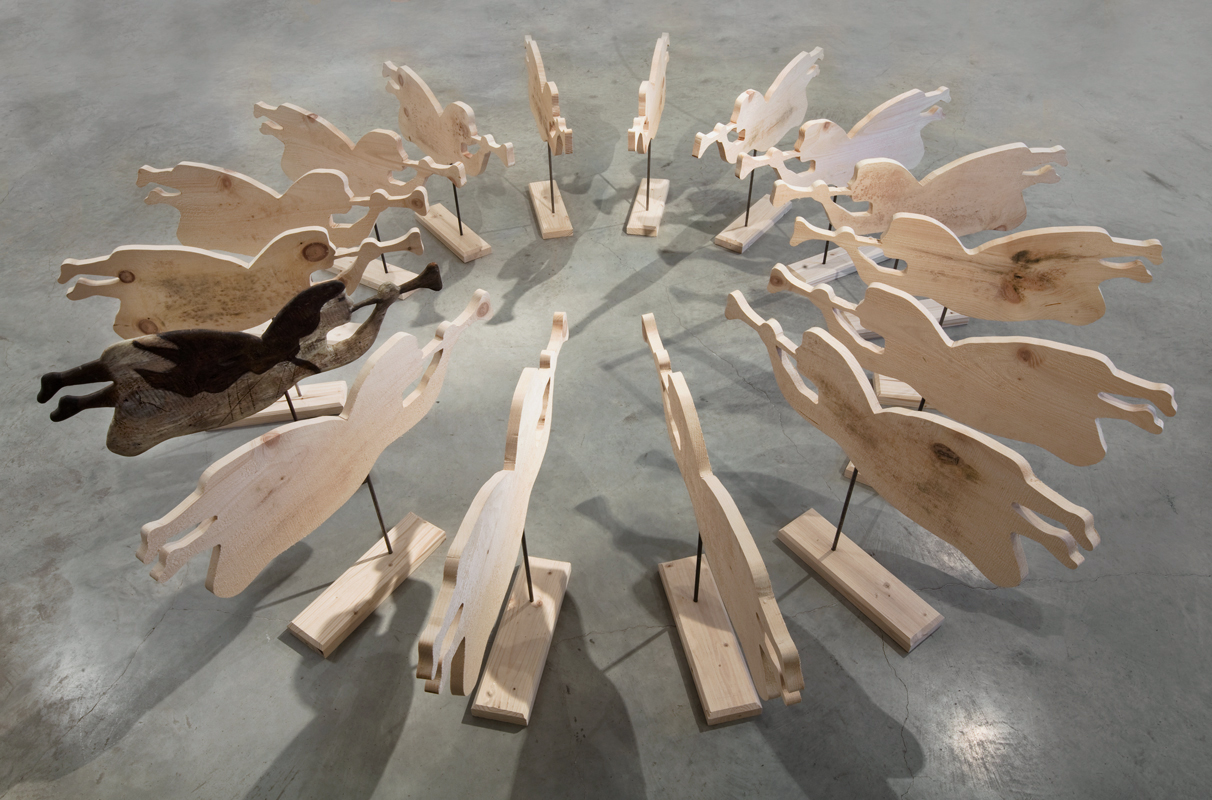
This is documentation of a sculptural installation featured in my thesis exhibition for the MFA program at Columbia University. As you can see, all of the weather vanes are almost identical except for the one that served as the template for the rest. The original is a classic piece of American folk art that was common throughout the 19th century and into the 20th. This particular piece was always on the mantle in my great-aunt’s house on Nantucket and was given to me upon her passing. Although it bears great personal symbolic significance to me, it also carries symbolic weight in a broader sense, both in terms of the way in which a weather vane functions, as well as the symbolism of the angel Gabriel and its relevance to the theme of this piece. The copies of the original are all cut from the same piece of tree and arranged according to the 16 points on the compass. The original is signifying a WNW wind, the direction the wind was blowing at the moment of my birth.
I see this piece as a manifestation of the human inclination to assign finite origins to infinitely complex systems. Physically, the vanes all point inward, seeming to fly toward this singular point, signaling a collision, and yet, symbolically, functionally, the vanes signify dispersion from that point. All winds emerge from that imagined center.
To take this further, I am interested in this fixing of a fluid and dynamic substance. As we do with wind, so too, we do with our lives. And photography both literally and metaphorically, contributes to this aim. Much like a photograph exists as a fixed point in the passage of time from past to present and on. Much has been said about the death implied in a photograph:
“For the photograph’s immobility is somehow the result of a perverse confusion between two concepts: the Real and the Live: by attesting that the object has been real, the photograph surreptitiously induces belief that it is alive, because of that delusion which makes us attribute to Reality an absolute superior, somehow eternal value; but by shifting this reality to the past (‘this-has-been’), the photograph suggests that it is already dead.”
— Roland Barthes, Camera Lucida: Reflections on Photography (more…)





